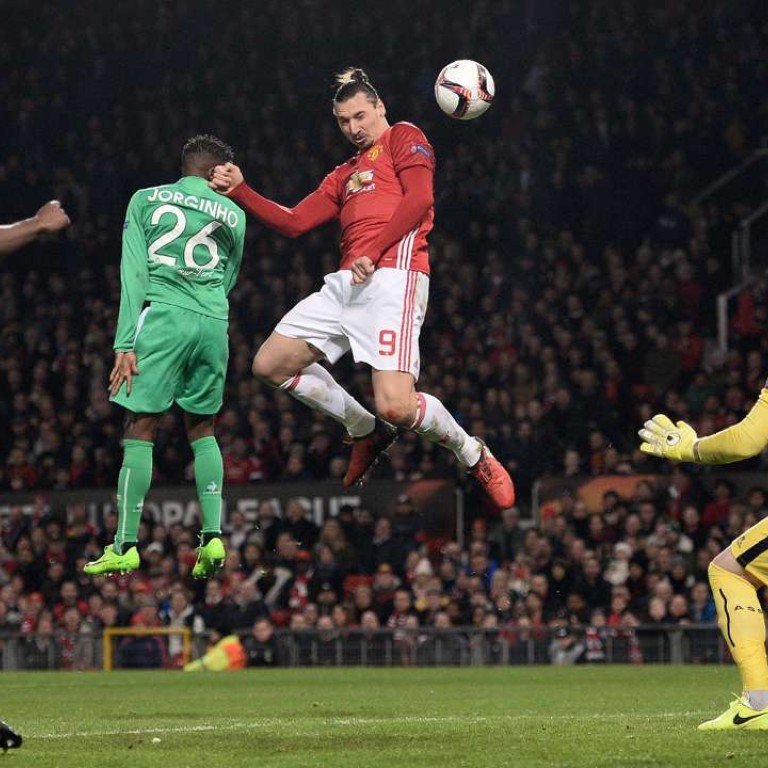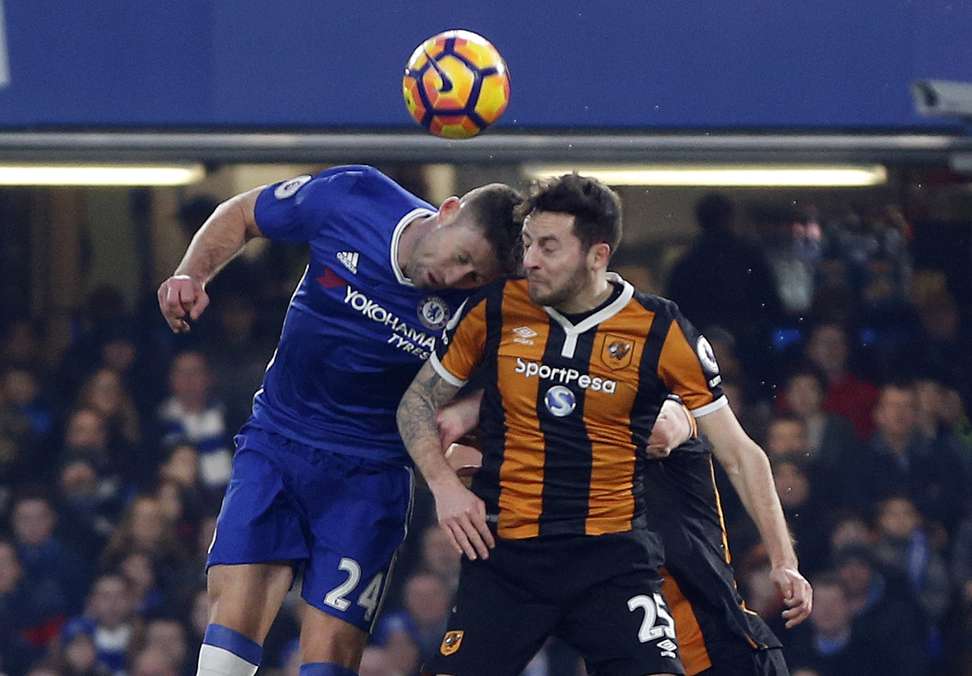
Football must resist calls from scaremongers for heading ban after brain damage study
Investigating link with dementia is a noble cause and FA should provide as much help as they can to sufferers but more concrete evidence is needed
Professional footballers may be at extra risk of brain damage because they head a football too often during their careers.
That’s according to the most detailed British research ever undertaken into dementia among retired footballers. The study concluded the condition may be connected to repeated impacts caused by thousands of headers over a career.
The inquiry carried out post-mortem examinations on six players who suffered dementia. Four of the six had suffered chronic traumatic encephalopathy (CTE), a condition often found in boxers.
The research follows the recent sad tale of England 1996 World Cup hero Nobby Stiles, one of at least four members of the Three Lions winning team to have also suffered from dementia.

Stiles developed the disease at the age of 60, and his teammates also started suffering the condition later in life.
The ex-players studied in the report had died in their 60s after an average of 26 years in the game.
So there is a trend perhaps – an infinitesimal whiff of evidence suggesting that heading the ball could lead to one of the nastiest diseases of later years, both for sufferers and their relatives.
Stiles’ family have welcomed the findings of the report. They want his illness to trigger action from the PFA and the Football Association, to carry out more studies and help others and their families with the disease. This is a noble cause.

But the report has caused the expected knee-jerk reaction from those who love nothing more than to encourage the nanny state to wag its finger incessantly at the irresponsible masses.
Those that would swaddle our young in cotton wool and have them sit safe from harm’s way reading paper books are clamouring for heading to be banned from junior football.
The lesser health and safety zealots have called for the introduction of the US law that forbids under 10s from heading the ball. The problem with such doomsayers is they too often select only those elements of a study that fuel their hysteria and righteousness.

They clearly missed the many disclaimers in the report. The paper’s author, professor Helen Ling of University College London, cautioned that the four diagnoses in her study were only “probably” related to their past prolonged exposure to repetitive head impacts from head to player collisions and heading the ball thousands of times.
The salient word in her report is “probably”, though the report is also peppered with “maybes”. Even Professor Ling was at pains to point out that a potential link between heading the ball while playing football and the development of degenerative brain pathologies in later life is “far from conclusive”.
In short, we remain 99.9 per cent certain we have no idea how bad football’s brain damage problem is – or whether there is a problem at all. Dementia affects one in 14 over-65s in the UK and one in six over-80s.
While it is logical to equate the impact of ball on head with a negative effect, there is so little useful epidemiological data on football as a risk that we have no idea if the report’s fractions are really any different for former players.

Given the report’s sample size was small enough to count on your fingers, the truth remains that nobody knows if the harm was done by headers, clashing tackles or simply the body’s susceptibility to sudden acceleration and deceleration across the turf.
And when Stiles and those other stand-up gents of the game’s golden period went up for the ball, they were colliding with a lump of thick leather bound with industrial stitching that was often doubled in weight because of rain and mud.
Today’s football’s are of a different, lighter class. And not even the cleverest scientists know if the CTE pattern of brain damage causes dementia.
Such doubts and chasms in the data have not stopped the anti-contact sport lobby clamouring for heading to be banned.

Fearing an onslaught of parasitical lawyers lobbing lawsuits from relatives on behalf of old uncle Jimmy who played centre back for the Dog and Duck Sunday league side back in the ’70s, the FA might well cave in and agree to a ban.
Of course, anyone who has headed the ball badly or received a free kick full square in the face will tell you of the immense pain.
So more studies to unearth concrete evidence or otherwise must now be sanctioned.
But we must resist the scaremongers and deal in facts, not probabilities and maybes. Otherwise pitches will be blighted by high viz helmets, or worse, the end of great headed goals

